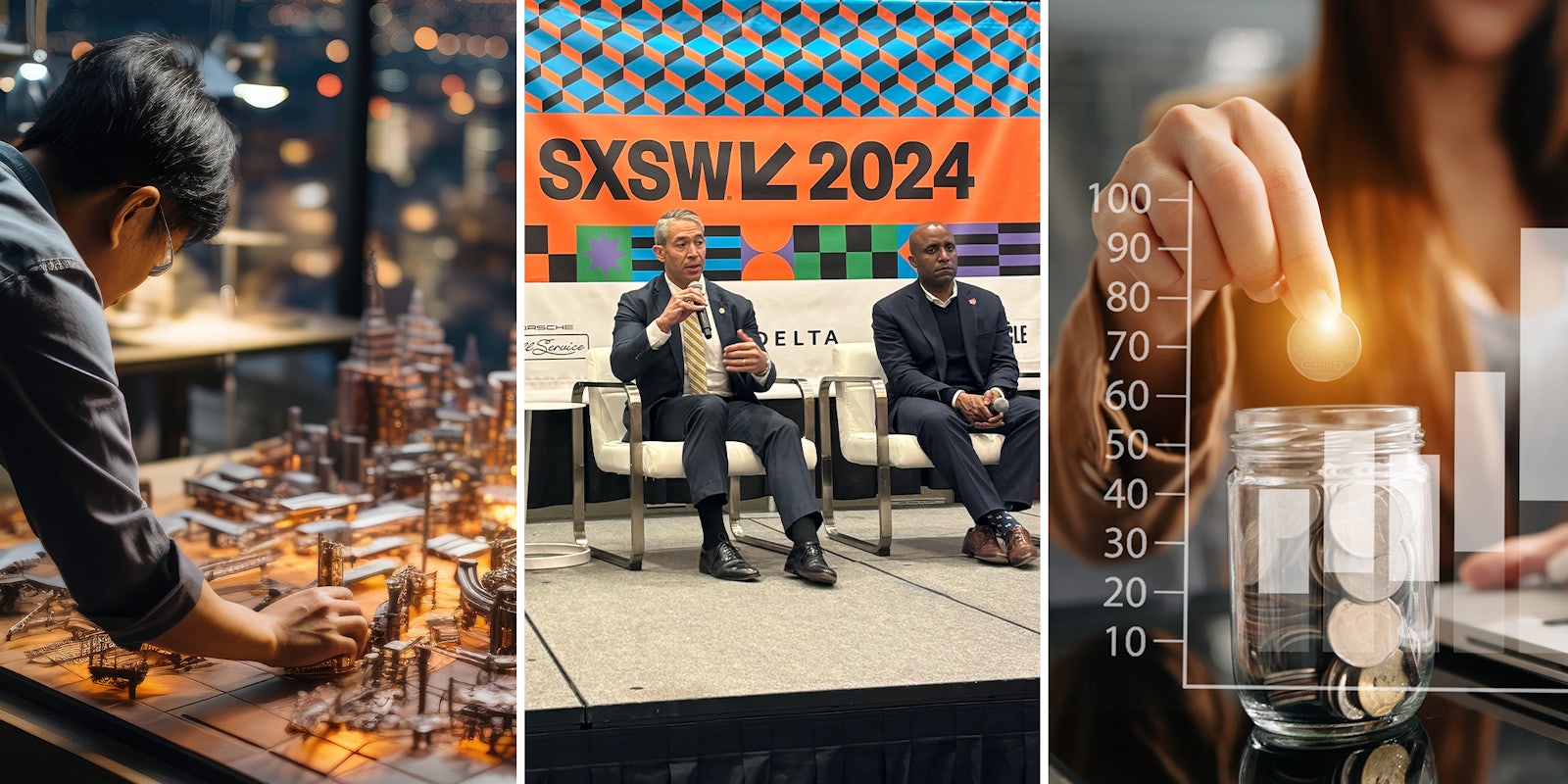At the beginning of the pandemic, many workers started doing their jobs remotely—an opportunity they used to move out from cities into suburban or rural areas.
Many internet users have posted about their required returns to the office. However, this has posed problems for those out of range of their office’s city bases.
Now that trend is reversing, but cities have a problem: how do they convince workers to come to their city specifically? More importantly, how do they ensure that these new and returning workers not only have jobs, but careers that will keep them present and sustained in the long term?
On March 10, Austin, Texas Mayor Kirk Watson; San Antonio, Texas Mayor Ron Nirenberg; and Kansas City, Missouri Mayor Quinton Lucas convened for a panel at SXSW led by Laura Huffman of CivicSol. Through their conversation, they discussed the various efforts their cities have used to enhance the experience for local workers, ranging from strategic investment to innovative development practices.
First, all mayors stressed that, while populations in cities are growing, efforts must still be made to get even more workers into their cities.
“We need about 10,000 workers a year,” Mayor Watson said regarding current infrastructure projects and his Austin Infrastructure Academy. “We can’t rely upon just organic growth.”
Some of this may come from bringing people into the cities. However, another beneficial focus is elevating those who are already in the city. For example, Mayor Nirenberg cited his own work creating and highlighting education and training programs to make current city residents better suited to this new work, as well as implementing job placement programs for those who have completed such programs.
“You want to train [workers] to the highest standard,” Mayor Watson echoed, later adding the importance of payment during this training.
A major element of these discussions is trying to ease city living for workers. This includes high wages, along with efforts like those proposed and implemented by Mayor Lucas, including fare-free public transit, resurfacing of streets, and looking into issues like childcare for workers. On that topic, Mayor Watson said that affordability and housing are instrumental in making ideal situations for new and current workers.
“We have a large part of our population that can’t afford to live in our city and doesn’t believe the city has a focus on them,” Mayor Watson noted. “Austin is a place that has always been open, a place that has all sorts of folks with all sorts of opinions.”
And without housing, he continued, the fundamental character of the city risks being changed.
These are not universal solutions, however. Mayor Lucas said that, as each city is different, an important first step is figuring out the needs of an individual community.
“Sit down with a lot of the stakeholders,” he stated. Once you’ve gathered them, he continued, the group can “talk about what we all want or think we can get out of this.”
“You’ve got to go where the people are,” agreed Mayor Nirenberg.
About these programs, Mayor Lucas explained, “Another part of doing the work is sharing the successes”—meaning that, if people do not know about these programs, it is less likely that they will utilize them.
Above all, the mayors all emphasized how complex this issue is.
”We’re building a program from scratch,” Mayor Nirenberg reminded viewers. “When people vote on an initiative…people want that impact immediately, but it takes a while to scale up.”



